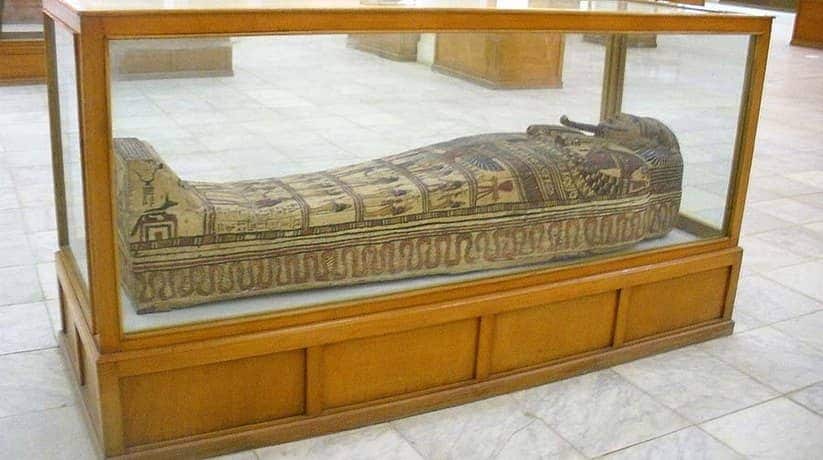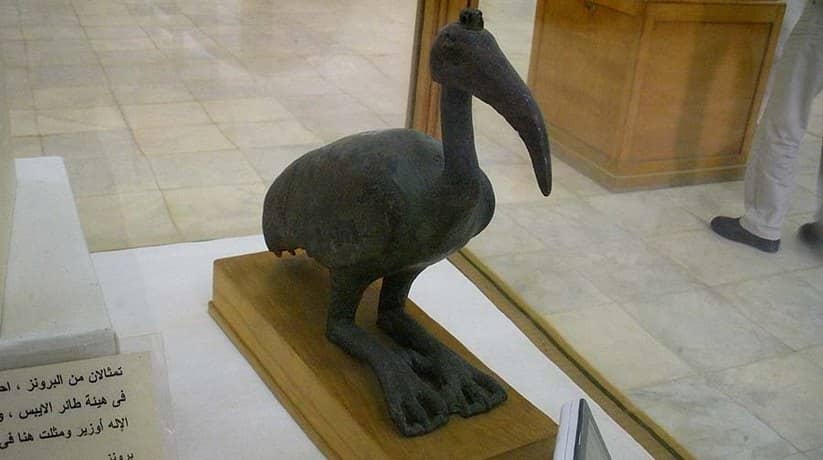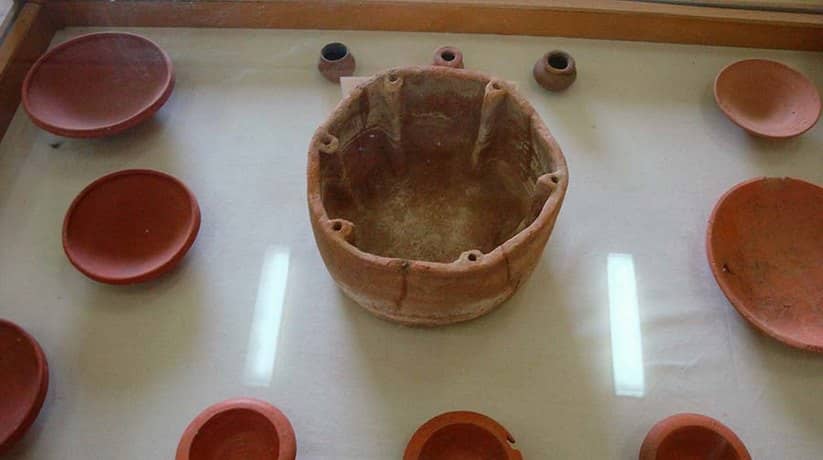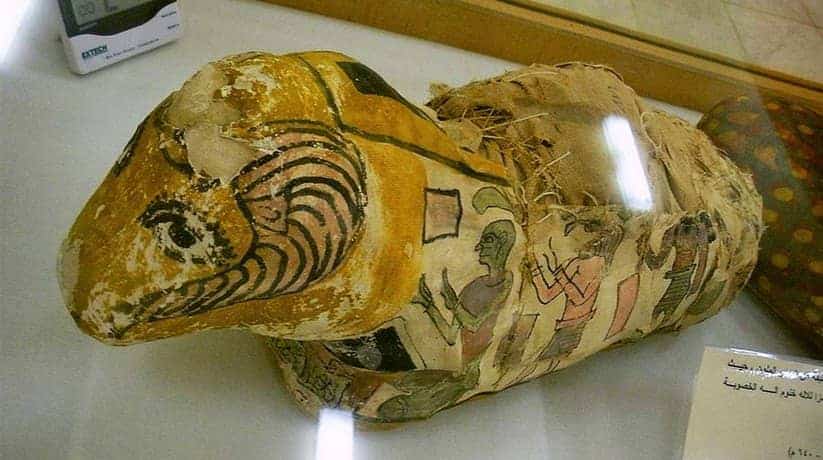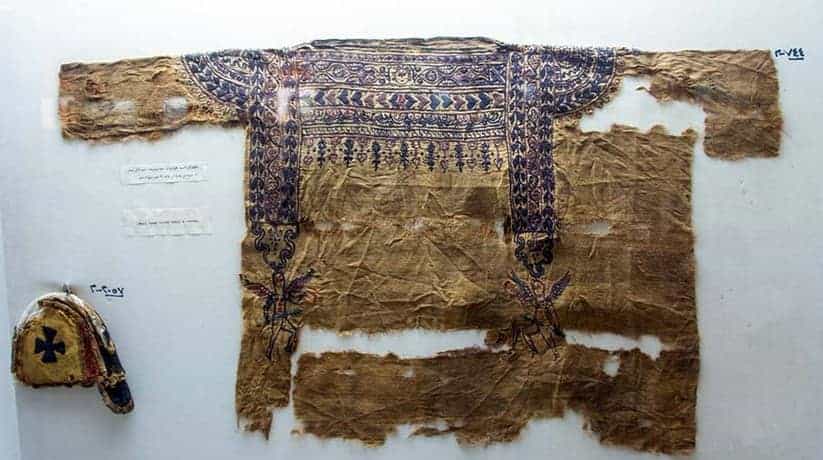Kharga Museum information, tours, prices and online booking
Kharga Museum is one of the latest in the Egyptian Ministry of Culture’s regional museums plan. Built from local bricks to echo the style of early Christian architecture which seen at Bagawat. Moreover, the museum houses artifacts ranging from the Egyptian Prehistoric Period. In fact, it is right through to the Islamic Era. The displays located on the first two of the building’s three floors. In fact, they bring to life the historical human journey through the Deserts of Egypt. On the first floor the collection includes items such as prehistoric tools and ostrich eggs. It also incudes many other artifacts found in the Western Desert, indicating the presence of man here from the earliest times.
Kharga Museum also includes some items which found by members of the Dakhla Oasis Project. In fact, it was during their excavations over the past decades. They well-displayed with the help of the Royal Ontario Museum’s Kharga Prehistory Project. It is complete with hand-printed object labels in Arabic and English. In Pharaonic times, the oases were important provinces with large settlements. It is since they were Egypt’s front line of defence against invaders from the west and south. In fact, many funerary items from pharaonic tombs displayed. They include outer parts of the Dynasty VI tomb of Ima-Pepi and a false-door stela of Khent-Ka.
More information about Kharga Museum Egypt:
These important pieces discovered by the French Mission in at Balat in Dakhla Oasis. Khent-Ka was Governor of the Oasis during the Sixth Dynasty. His restored mastaba tomb can be visited at Qila Al Dabba in Dakhla Oasis. This limestone false door contains the earliest reference yet found to the word for oasis, wahet. Kharga Museum also houses a small but beautiful double Statue of Ima Pepi, “Governor of the Oasis” and his wife. Also on the first floor there are a few cases containing sarcophagi and mummy masks. In fact, they include a Graeco-Roman sarcophagus of a lady which constructed from painted sycamore wood. It found at Labekha by the French Mission. The museum also houses a collection of Graeco-Roman cartonnage mummy masks. They placed over the face of the deceased and also painted and often gilded, providing a colorful display.
Some of my favorite items in the Kharga Museum include three human-headed lion sphinxes. In fact, they found at Deir El Hagar temple in Dakhla oasis. These are unusual Roman statues and unlike most other Egyptian sphinxes. In fact, two of them are in an upright crouching position. Moreover, they have human features and one of them is a female with wings. In glass cases around the walls of the ground floor there are many collections of smaller objects. They in fact discovered in the New Valley. One display contains a beautiful group of ba-birds which found during excavations by the French Mission at Dush. These tiny colorful wooden birds buried with the deceased. It is with the purpose of representing the five parts of his soul. It was in order to keep it intact on his journey to the afterlife.
Further information about Kharga Museum Egypt:
Roman presence in the Western Oases represented most of all, especially in the form of glass, ceramics and coins. They found in excavations by the many teams who worked here in recent years. One of the most exciting finds is from Ismant El Kharab in Dakhla Oasis. It is where the Canadian Mission, directed by Professor Tony Mills discovered a set of wooden “notebooks”. They known as the Kellis Wooden Panels or codices. Kharga Museum also houses documents which made from blocks of locally-grown acacia wood. These important documents are the earliest complete “bound” books ever to be found. They date back to the 360s CE. Even the binding string in some cases was still intact. They were written in black ink, mostly in Greek with some Coptic. Moreover, they contain lists of accounts and payments in kind by tenant farmers during Roman times.
They also give details of marriage contracts and letters. In fact, they give us tremendous insight into productivity and everyday life in the oases. Kharga Museum also includes several ostraca (pottery shreds used as writing material). In fact, they also give important details of daily life in the oases. One in particular is an unfinished private letter from two persons. They called Psumenais and Kanah, to a man who seems to be a monk called Phibamon from Tamou. On the verso where it starts, the senders inform the recipient not to sent the tremission (golden coin) by someone called Ounouref who they have used before because they don’t seem to trust him. Instead, send it by someone called Thomas. They ask the recipient (on recto) to send something (the tremission itself?) and they will come south and give it to a man called Porme.
More details about Kharga Museum Egypt:
As well as the Kellis notebooks, in the second ground floor room there are wooden pens, pen cases and an ink stand from Kharga. In fact, they preserved in remarkable condition. Wooden carpentry and woodworking tools from Graeco-Roman Dakhla also make an impressive display. Kharga Museum also house medical instruments, cosmetic materials and coins. It also houses jewelry and tiny pottery and faience shabtis. The second floor houses Christian and Islamic artifacts from the oases, from the 3rd century onwards. They include many religious items as well as articles of cultural interest. In fact, it is from the more recent heritage of the region. Artifacts include textiles, icons, pottery and ceramics, books and coins.
Kharga Museum also houses 18th century wooden painted icons from the Coptic Museum in Cairo. They depict the Virgin Mary with the infant Jesus, and another with the universal motif of the Martyr Mari Girgis (St. George) killing the Dragon. A whole room devoted to silver, plates, tablecloths, and other items from the Al Manial Palace in Cairo. Many other Islamic cultural artifacts displayed including several coin collections. There are also many folk items which reflect the customs and traditions of the New Valley. Kharga Heritage Museum situated in the center of El Kharga. In fact, it is on Gamal Abd el-Nasser Street. The museum in fact opens daily from 8.00am to 4.00pm. Entrance to the museum costs EGP 50.

